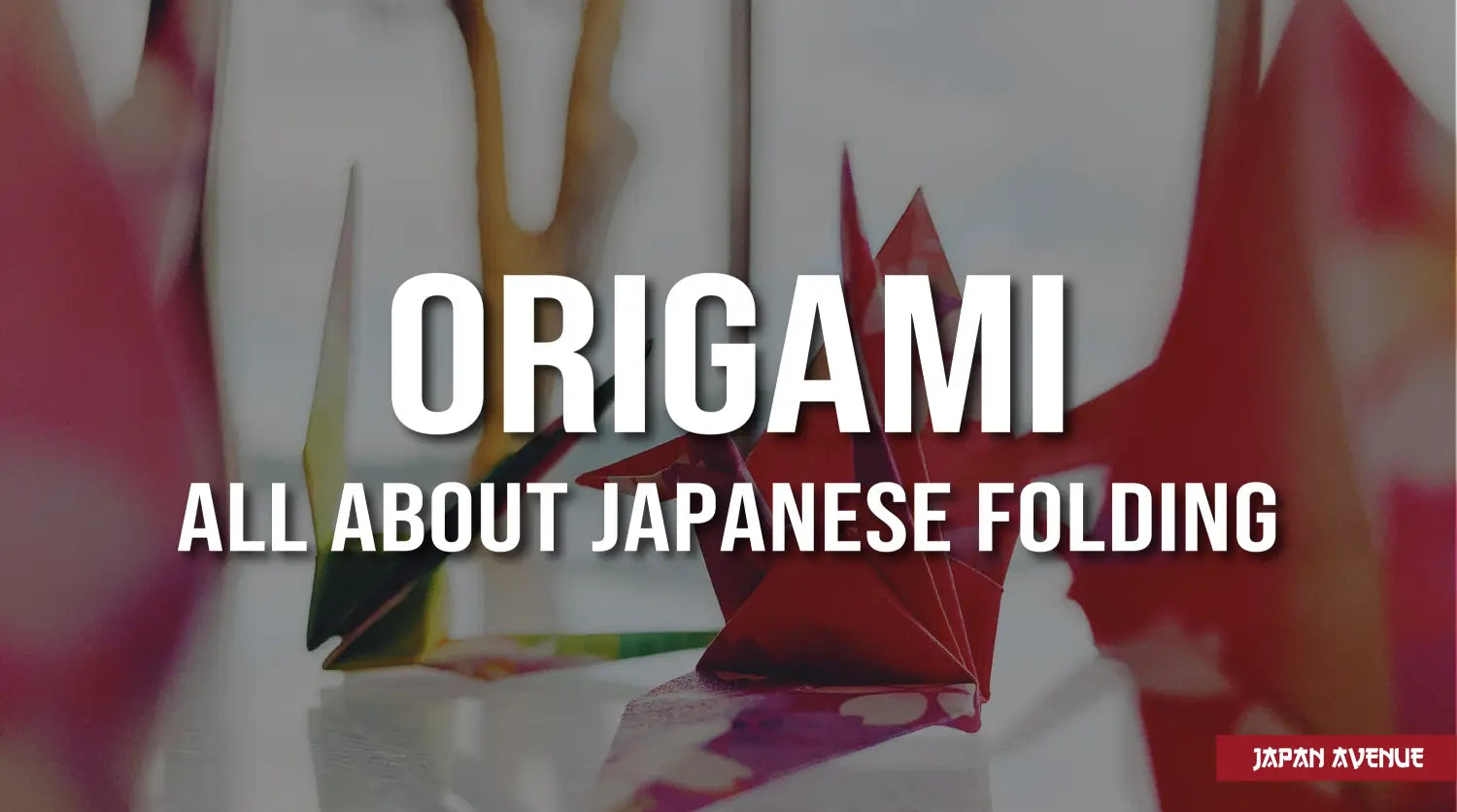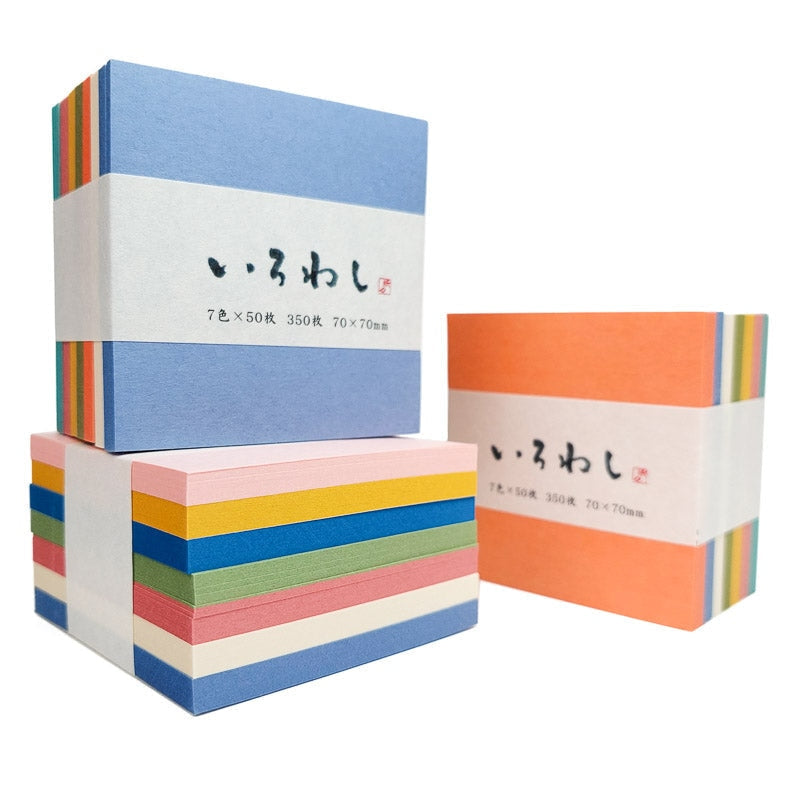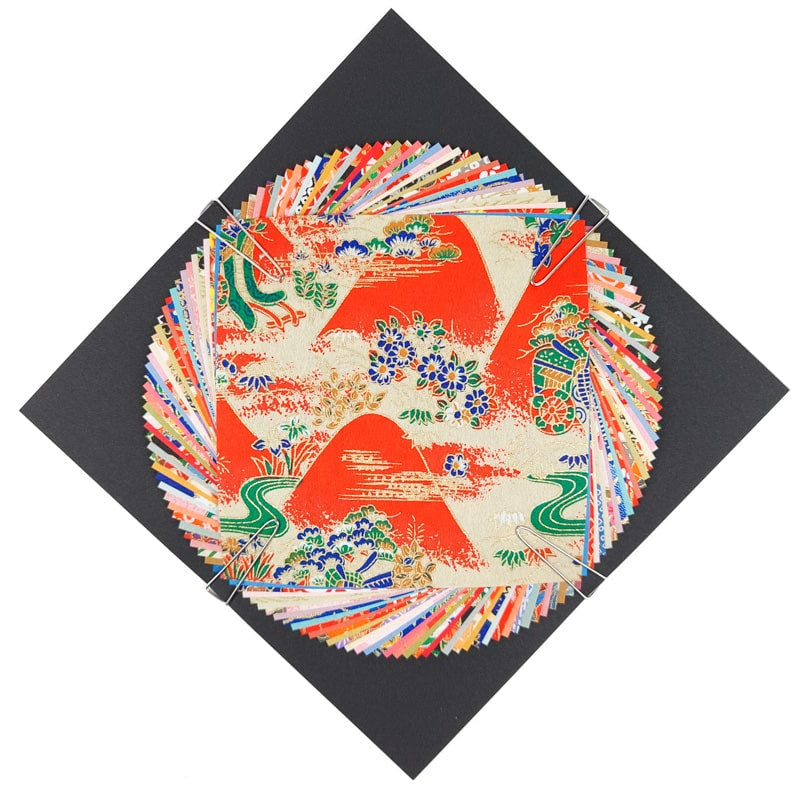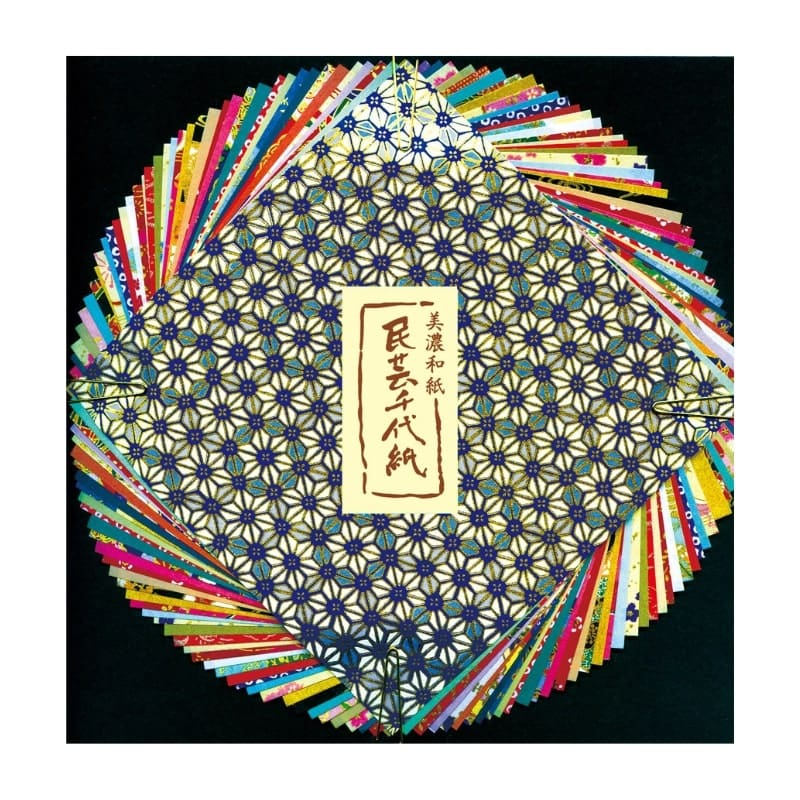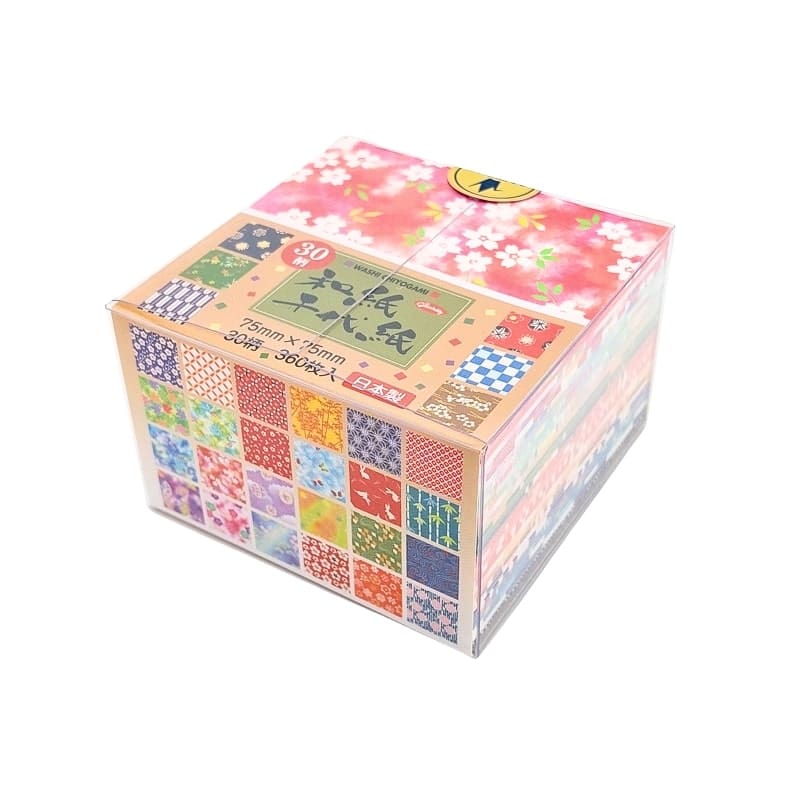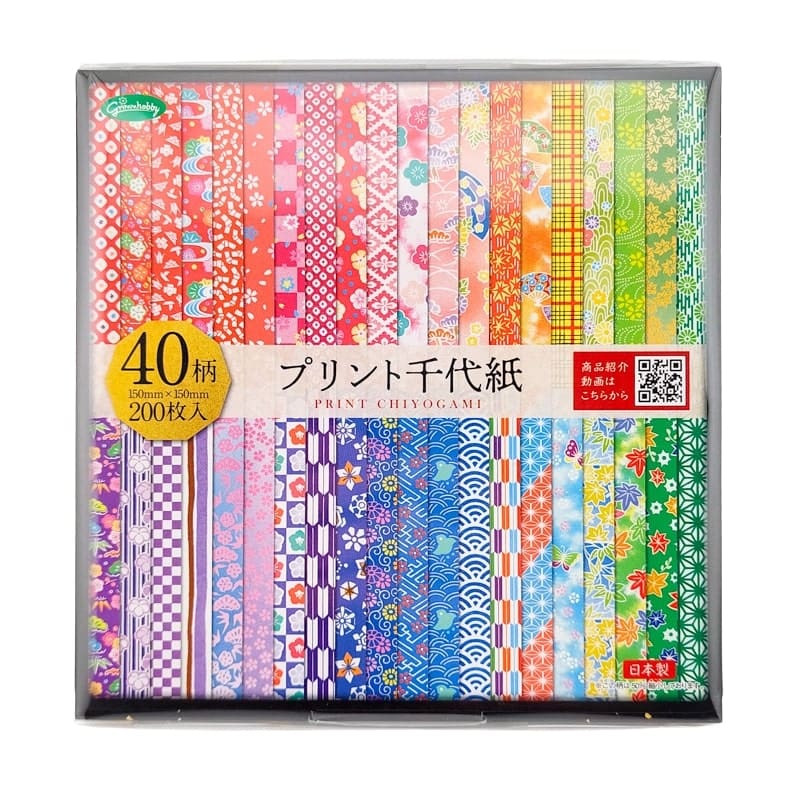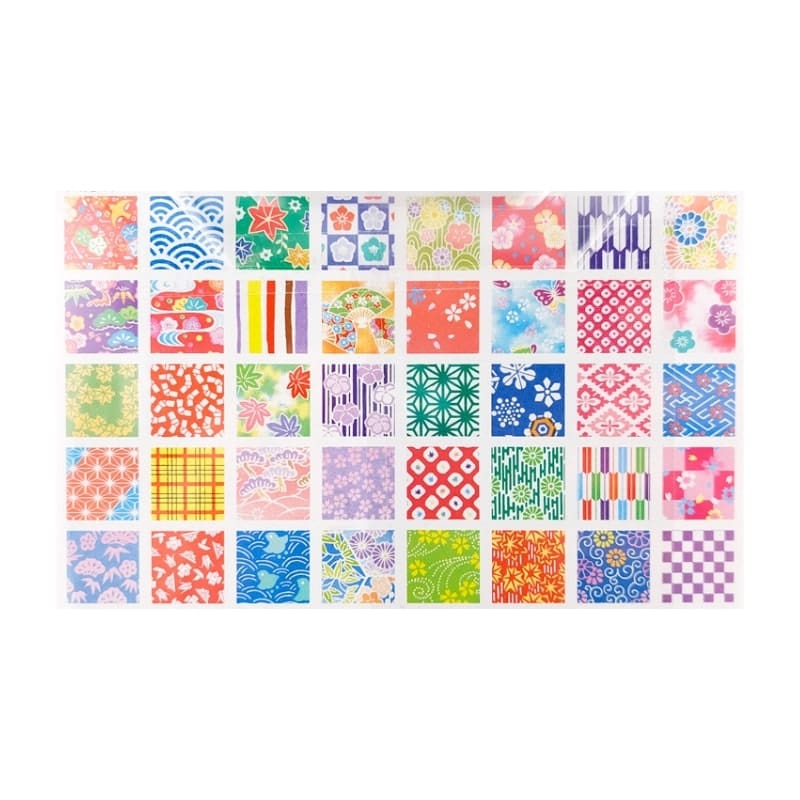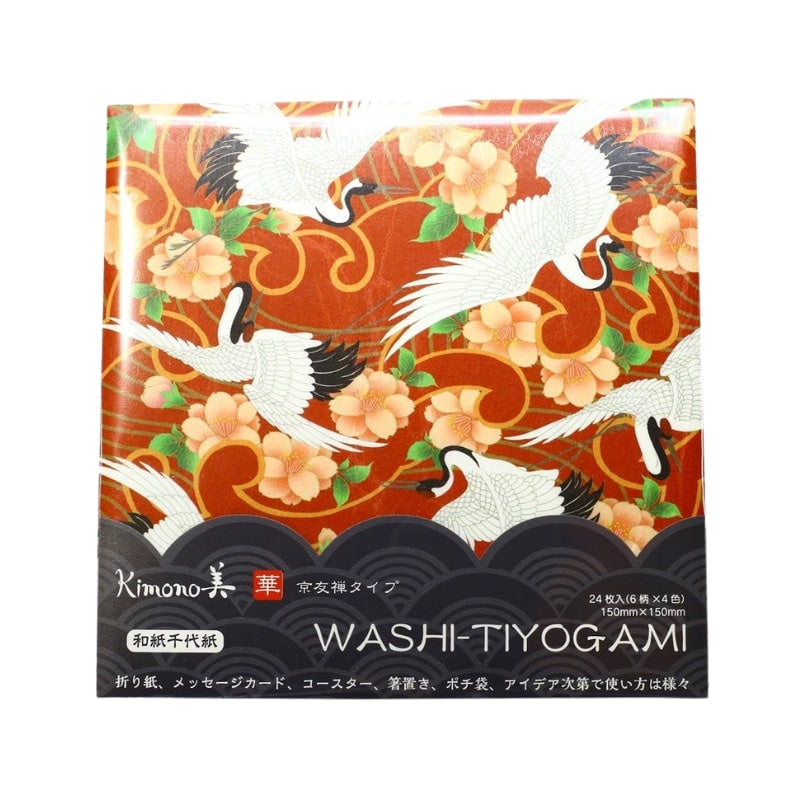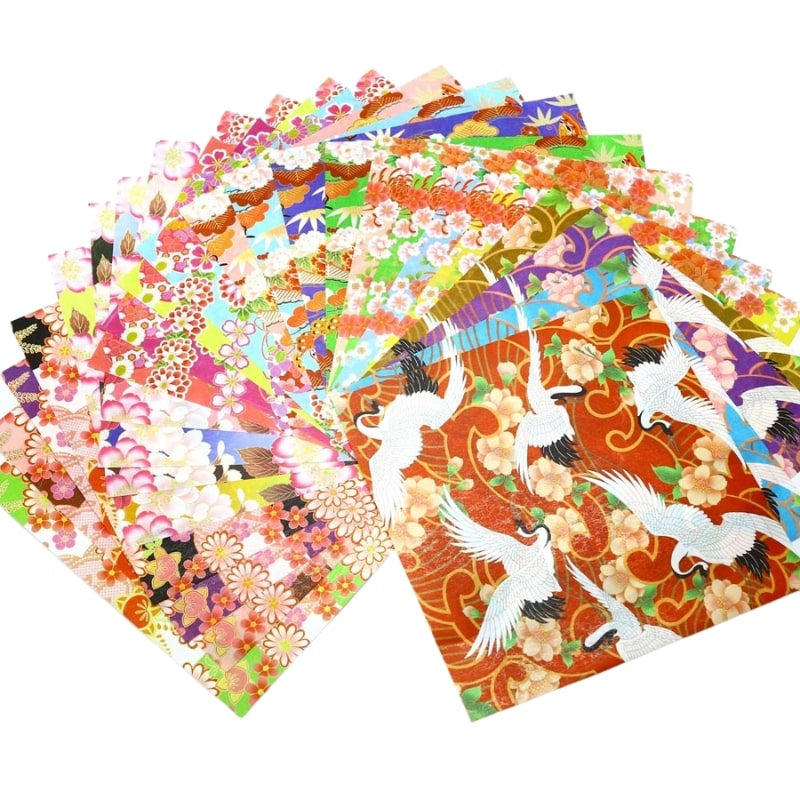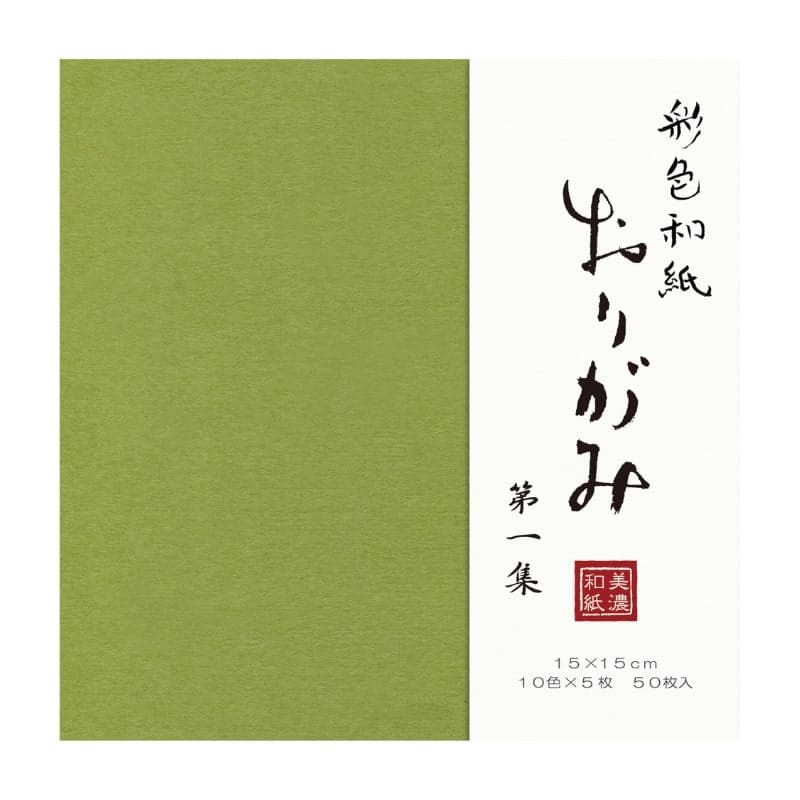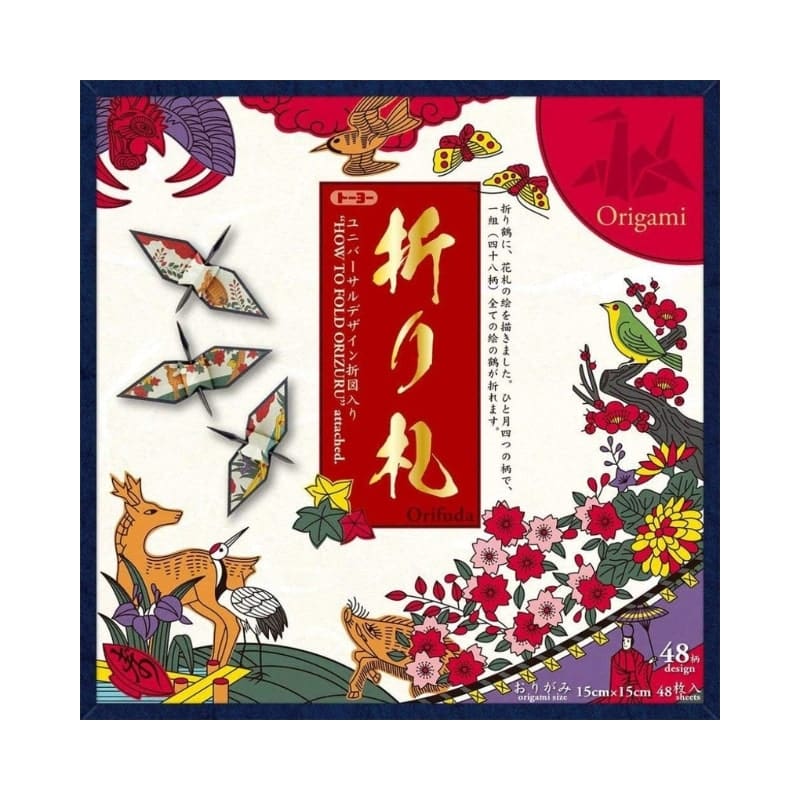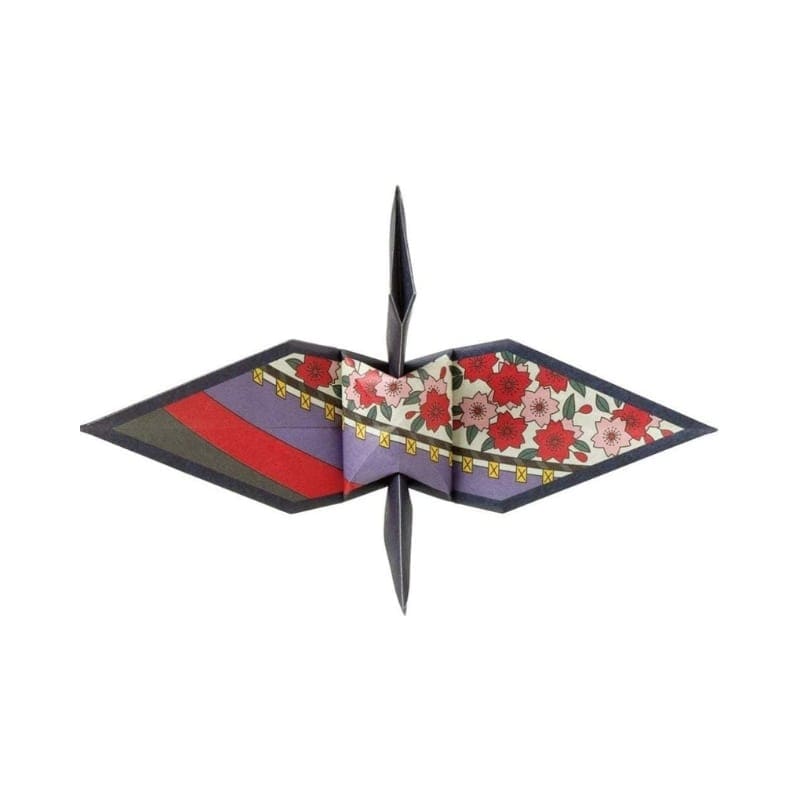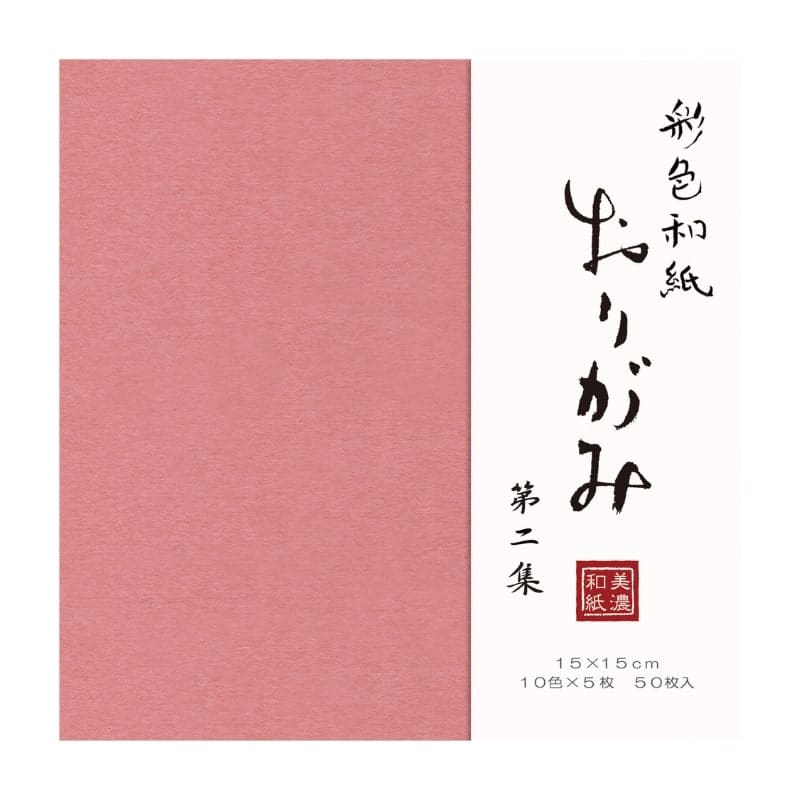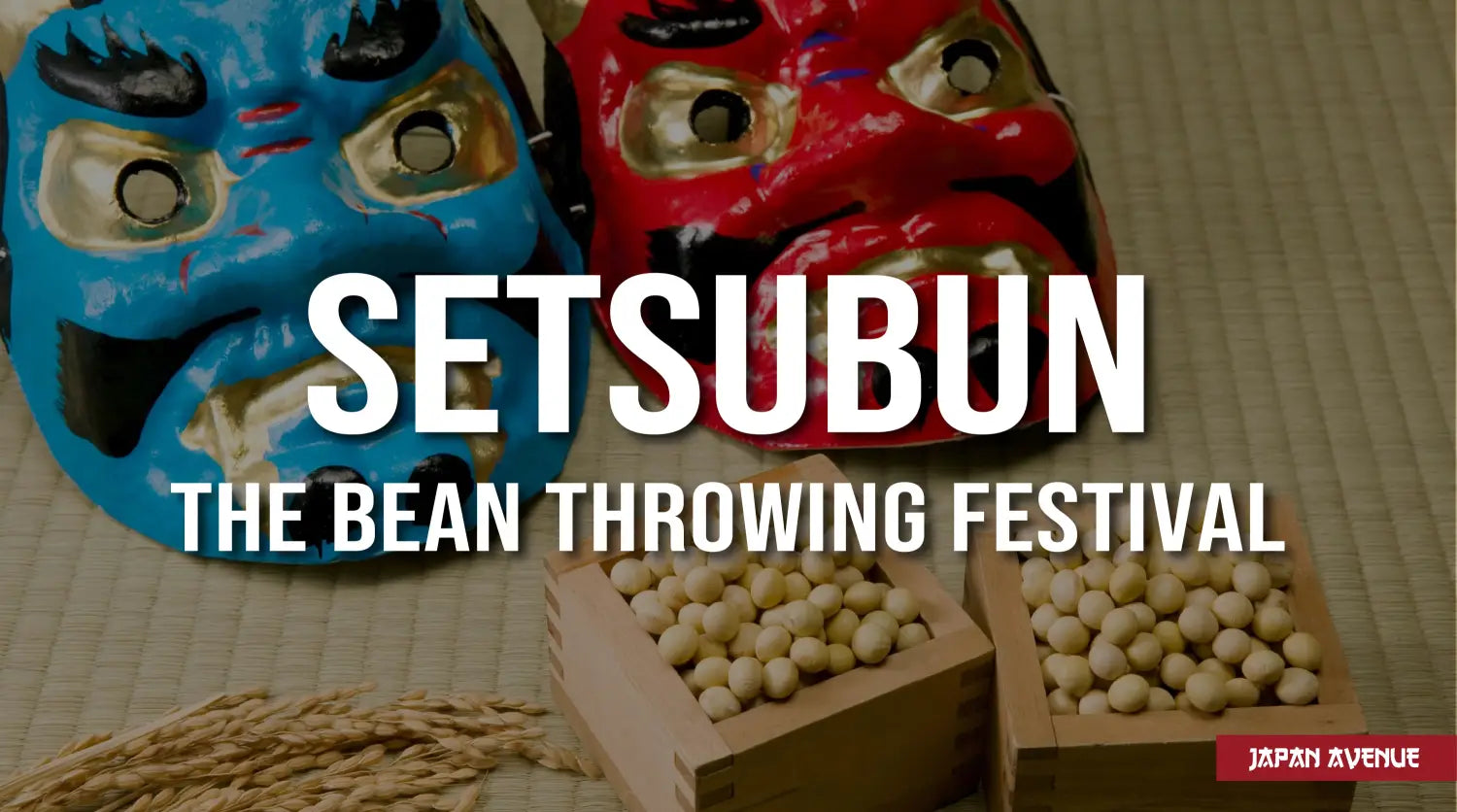Who never made a paper airplane or a paper casserole? From cranes to flowers, passing by jumping frogs... Japanese origami fascinates young and old all over the world. This art first appeared in antiquity and then considerably developed in the Land of the Rising Sun. Japanese are great masters in this field. Moreover, it is said that this activity allows to reach full consciousness. Let's discover the history of this ancestral art, its health benefits and the different types of folding.
🐣 The true origins of origami
Some believe that the art of folding paper to create shapes originated in China during the Han Dynasty, under the name of "Zhe Zhi". In the old days, paper offerings were burned during Chinese funeral ceremonies. Others believe that the art of folding already existed in Japanese culture long before the appearance of paper. Although its origin remains uncertain, it is in the Land of the Rising Sun that origami was first revealed in the hands of great Japanese masters. Imported into the archipelago by Buddhist monks around the 7th century, the art is known throughout the world under its Japanese name. "Origami" comes from the verb "oru" which means "to fold" and "kami" that means "paper".

The folding of two cranes in origami, from the first known book on origami, Hiden senbazuru orikata, published in Japan in 1797. Source: wikipedia
➡ The evolution of origami in Japan
When origami appeared in Japan, paper was a rare and expensive commodity. It was folded exclusively during religious ceremonies in order to decorate, represent a deity or during Shinto wedding rituals. The origami would then develop in Buddhist practices before conquering the bushi warriors for whom the paper flower was a symbol of friendship. The nobles of the imperial court also had the custom of presenting their gifts on a folded sheet of paper.
It was not before the Edo period that origami spread to the whole population. With the democratization of the use of paper, this hobby became more accessible. Origami constructions were then used for recreational purposes, offered as lucky charms and some books on techniques appeared. From 1800, this traditional art became part of the school curriculum for Japanese children. After World War II, origami crossed the borders, popularized by the great masters Yoshizawa and Uchiyama and their numerous creations. Nowadays, most Japanese people know how to make the iconic crane.
🎯 What is the purpose of origami ?

If in the past, origami was used for religious, spiritual or decorative purposes, today it is above all a creative activity that both children and adults enjoy.
Some scientists noted very early on the positive effects on the health and development of the child. This was the case of the German pedagogues Friedrich Fröbel and Rudolf Steiner, pioneers of alternative education. This game is ideal for developing fine motor skills and introducing geometry while having fun. It can be practiced alone or in groups as a collective activity. In Japan, origami is taught in primary schools as a craft. This discipline improves concentration while requiring rigor, patience and skill. The folding must be done with precision, while following a precise order of steps to obtain the desired object. Lastly, origami is an excellent support for creativity, because with some imagination, it is possible to create an infinite number of shapes or characters.
According to scientists, origami, when practiced regularly, is an excellent exercise to train one's memory or to fight against stress. This is because this activity requires a great deal of attention, thus allowing you to forget the worries of everyday life, clear your mind and move towards a state of full consciousness.
🤷♀️ The different types of origami

Traditional origami allows you to create animals, flowers or even objects such as boxes or boats inspired by ancient foldings. A square sheet of paper is folded using a succession of techniques in order to obtain a figure. All this without using any cutting or glue. Some shapes are very easy to make while others require more complex operations.
Today, there exists all kind of origami. Among the different types, modular origami allows to create an assembly of several modules to make objects, such as 3D origami. Action origami refers to animated models like the well-known jumping frog. There are also origami techniques based on wet paper called wet folding, which are closer to sculpture. We can also mention froissing with its crumpled papers or box pleating which uses 45° and 90° angles.
👌 The great master of origami

Akira Yoshizawa, grand master of origami. Source: alchetron.com
In the 20th century, the art of folding became an international success, thanks to the great Japanese master Akira Yoshizawa. Considered the father of modern origami, this author of numerous books would have made more than 50,000 templates. The origamist also invented the system of coding diagrams. He would also have developed the folding on wet paper giving a more natural aspect to the creations. Akira Yoshizawa already knew about the benefits of this creative hobby on the mind. He used to say, "When the hands are busy, the heart is serene".
🪶 The crane, the most popular animal in origami

When thinking about origami, the crane immediately comes to mind. And for good reason, this bird has a strong symbolism in Japan associated with longevity, peace and happiness. A legend says that anyone who makes a 1000 cranes in origami will have his wish granted. Here is a tutorial for making a beautiful Japanese crane origami.
🔰 How to get started with origami?

Good news, the art of folding requires very little material. All you need is a sheet of paper. However, origami requires a lot of patience and precision.
What material to make origami?
A 12 x 12 or 15 x 15 cm square paper will be perfect to start. The paper weight should not exceed 90gr/m2 in order to facilitate the folding. Some origamists use a folding machine, but most of the time, finger strength is enough. However, this tool can be useful when a certain thickness is reached or for mini origami. Generally, one sheet is enough for most designs, but some more complex origami require more than one sheet. Be aware that some models require a rectangular format or even strips of paper. An origami book or video tutorial will show you the steps to make the magic happen.
What is the best paper for origami?
To start, you can use printing paper that you cut into squares. You can also choose tissue paper or kraft paper. As you get more experienced, you can buy colored or patterned origami paper. Washi paper is also an excellent medium, as it is both flexible and strong.
Mastering the basics of paper folding
Folding, flattening, smoothing... these are the instructions of the folding artist! To make origami, you must follow the instructions shown on the diagrams. The system of symbols used is called solfeggio. The lines represent the folds and the arrows, the gesture to make.
The folds and the bases
The valley fold is a V-shaped fold while the mountain fold is an inverted V. These are the two basic folds for origami. The succession of the two forms the zigzag fold. In addition, the inverted inner or outer fold is used to make a bird's beak. There are also other folds such as the petal fold, the rabbit ear or the flattened fold. Many origami begin with the same succession of folds that we call the bases. The most popular ones are the fish base, the kite, the water bomb or the diamond.

There you go ... the art of Japanese origami has no more secrets for you. So, are you ready to transform a piece of paper into a frog or a crane by following a few gestures?

